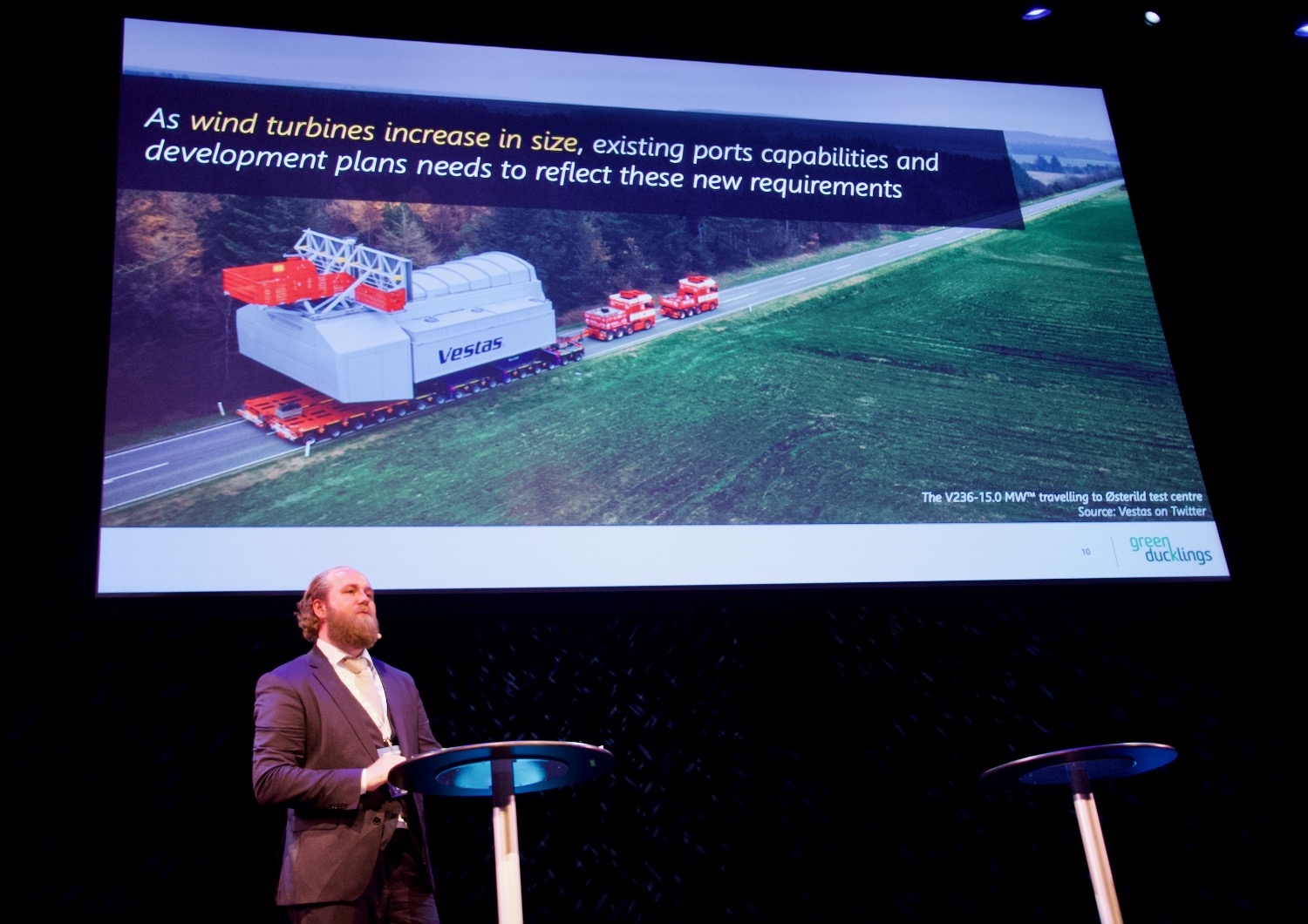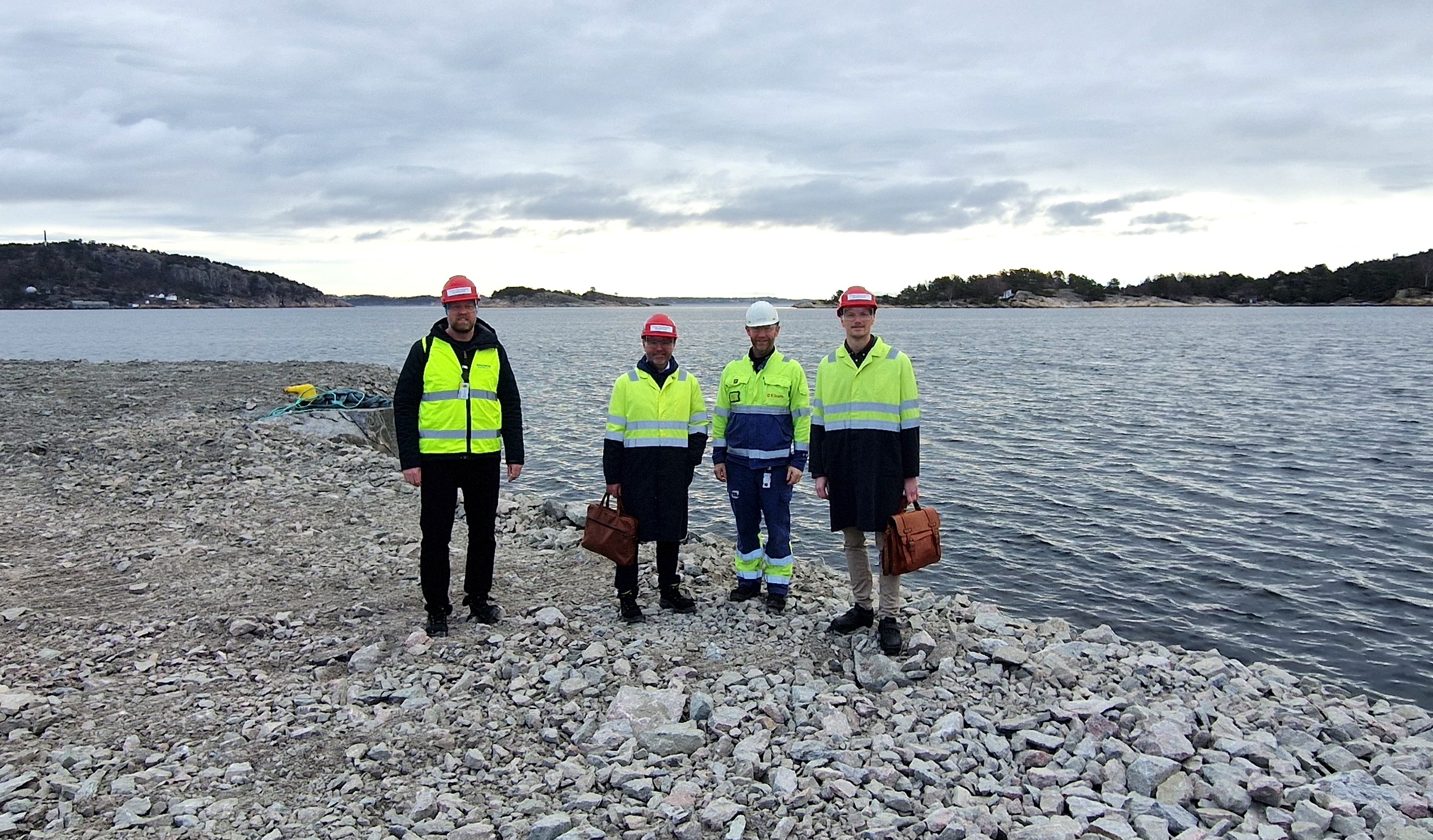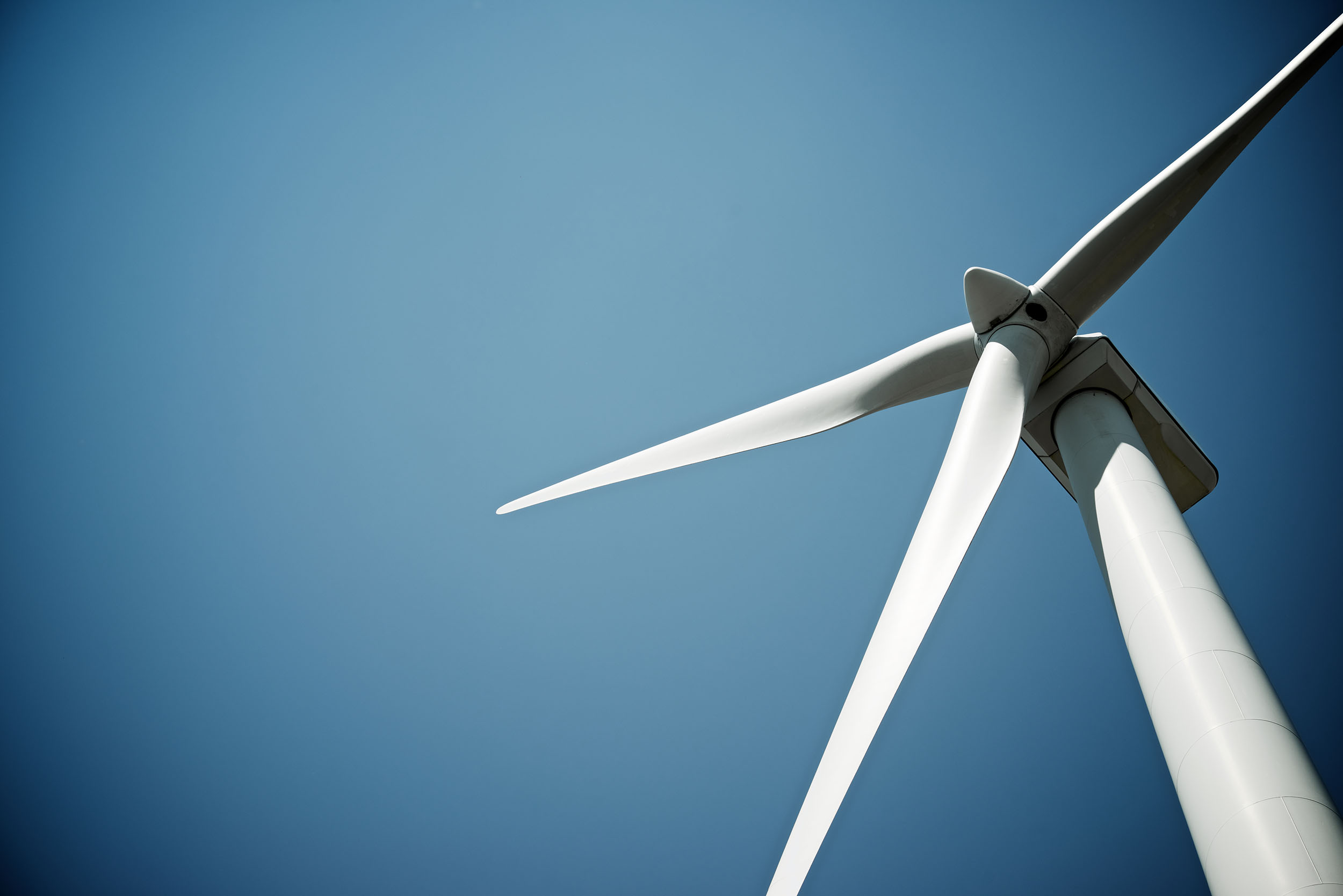“We are looking at offshore wind auctions in 2024 reaching a potential of 62 GW, much stronger than the 27GW we saw in 2023,” says Markus Nævestad, Partner at Rystad Energy.
At the NorthSeaWind conference in Kristiansand Wednesday, he painted the big picture of global offshore wind development, with a special focus on Europe. European leaders have committed to quadrupling the current offshore wind capacity to 120 GW in the Northern Sea by 2030, and the EU has set a target of over 215 GW by 2040.
“Bottom-fixed wind will surge in capacity with Europe as the key growth engine. There is massive potential in bottom-fixed, which will reach more than 40GW installed annually in the 2030s. Supply chain is key for the offshore wind industry to succeed. There are several potential bottlenecks,” said Nævestad.
“In the floating wind market, we will be well into the 2030s before we reach industrialization. There is nothing happening in the short term. In the medium term, Europe and South Korea are the places to be,” Nævestad continued.

STILL TIME TO JOIN BOTTOM-FIXED
Frederik Greve, Internationalization and Policy Specialist at Green Ducklings added more colors to the big picture, encouraging later-comers to enter the offshore wind market.
“Some of you probably think you came too late to succeed in bottom-fixed, but when you realize that the market potential is 20 times higher that current installed capacity, there is still time to jump on the bottom-fixed train,” said Greve.
The European development is especially led by development in the North Sea, primarily in the UK, the Netherlands and Germany.
Greve also offered encouragement to port authorities and called for collaboration between ports.
“The current ports surrounding the North Sea have delivered about 30 GW total in the past 30 years. Our forecast suggests that more than 50GW will begin construction within the next six years. As global offshore wind development takes off, infrastructure – including ports – is a major concern and challenge. Collaborations between ports have been successful. In Scotland, 14 ports work together within offshore wind,” said Greve.



